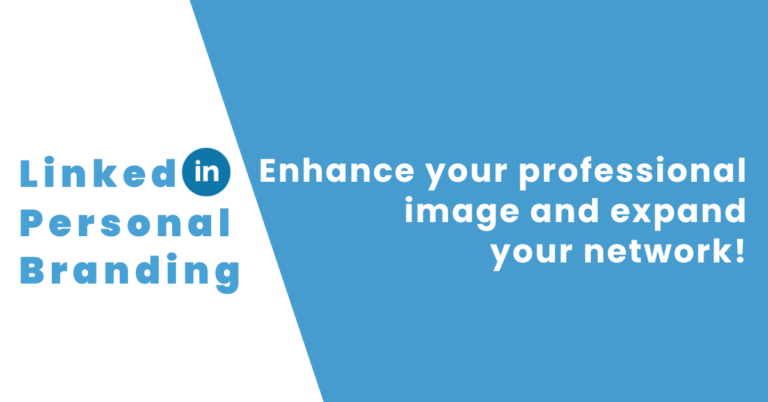The Art of Curating News: How to Become a Trusted Source in Your Industry!

In an era where information is abundant yet often unreliable, effectively curating news has become a valuable skill.
As professionals strive to establish themselves as trusted sources in their industries, mastering the art of news curation can significantly enhance credibility and influence.
Here’s how you can become a trusted source through effective news curation:
1. Understand Your Audience
Before curating content, knowing who your audience is and what they care about is essential. Understanding their interests, challenges, and preferences will guide you in selecting relevant news stories.
For instance, if you’re in the tech industry, your audience might be interested in the latest advancements in AI or cybersecurity threats.
Example: If your audience consists primarily of marketing professionals, focus on curating articles that discuss new marketing strategies or case studies from successful campaigns.
2. Select Credible Sources
The credibility of the sources you curate is crucial. In today’s landscape, professionals trust reputable outlets like The Wall Street Journal, Reuters, and Bloomberg for unbiased, well-researched information. Avoid using sources lacking journalistic integrity or a reputation for spreading misinformation.
On Talent-e, you get an exhaustive selection of quality sources based on your expertise and interests.
Tip: Utilize established publications and academic research. Platforms like The Economist, MIT Technology Review, or The New York Times provide insightful, credible content that will enhance the trustworthiness of your curation.
Poor news sources include sensationalist tabloids, clickbait-driven platforms, biased outlets, low-quality content farms, and outdated or unverified user-generated aggregators.
3. Provide Context and Insights
Curating news isn’t just about sharing links; it’s about adding value.
Provide context around the articles you share by summarizing key points or offering your insights. This not only demonstrates your expertise but also helps your audience understand why the information is relevant to them.
In addition to curation, Talent-e provides 100-150 word summaries/analyses that you can use to share with your audience.
Example: When sharing an article about a new marketing trend, add a brief analysis of how it could impact your audience’s strategies or what they should consider when implementing it.
4. Engage with Your Audience
Encourage discussions around the curated content by asking questions or prompting debates. Engaging with your audience fosters a sense of community and positions you as an approachable expert in your field.
Example: After sharing an article on LinkedIn about changes in data privacy laws, ask your audience how they think these changes will affect their businesses.
5. Be Consistent
Consistency is key to building trust!
Regularly curate and share relevant content to keep your audience informed and engaged. Establish a schedule for posting curated articles—whether it’s weekly or bi-weekly—to create anticipation among your followers.
At Talent-e, to maximize the regularity of your posts we let you schedule publication on LinkedIn via Talent-e and set up a calendar to give you a view of your upcoming posts.
6. Monitor Trends and Feedback
Stay updated on industry trends and monitor the performance of the content you share.
Use analytics tools to track engagement metrics such as likes, shares, and comments. This data will help you refine your curation strategy over time.
Example: If you notice that posts about sustainability initiatives receive higher engagement than others, consider focusing more on that topic in future curations.
Conclusion
Curating news effectively is an art that requires understanding your audience, selecting credible sources, providing valuable insights, engaging with followers, maintaining consistency, monitoring trends, and building relationships.
By mastering these elements, you can establish yourself as a trusted source in your industry, enhancing both your personal brand and professional influence.



